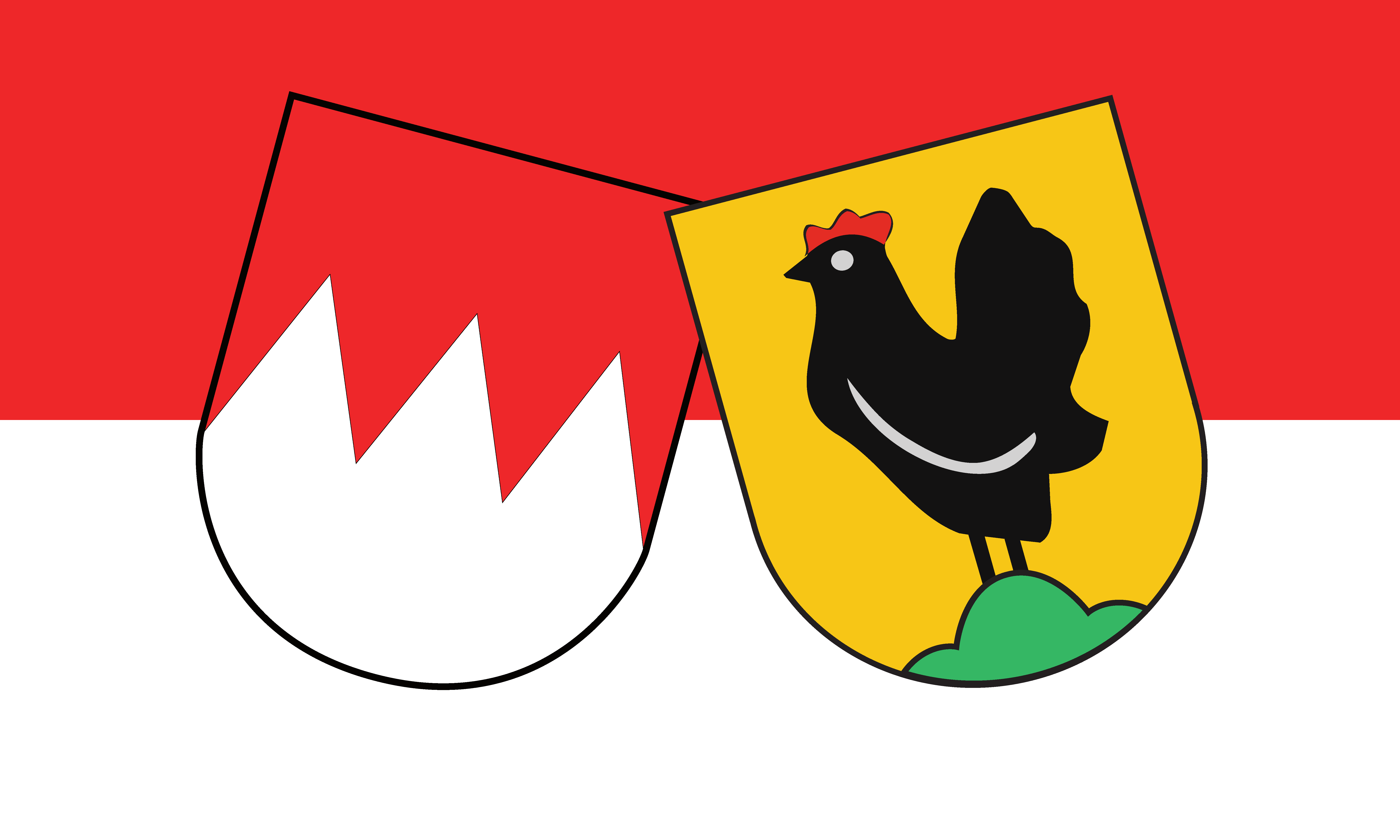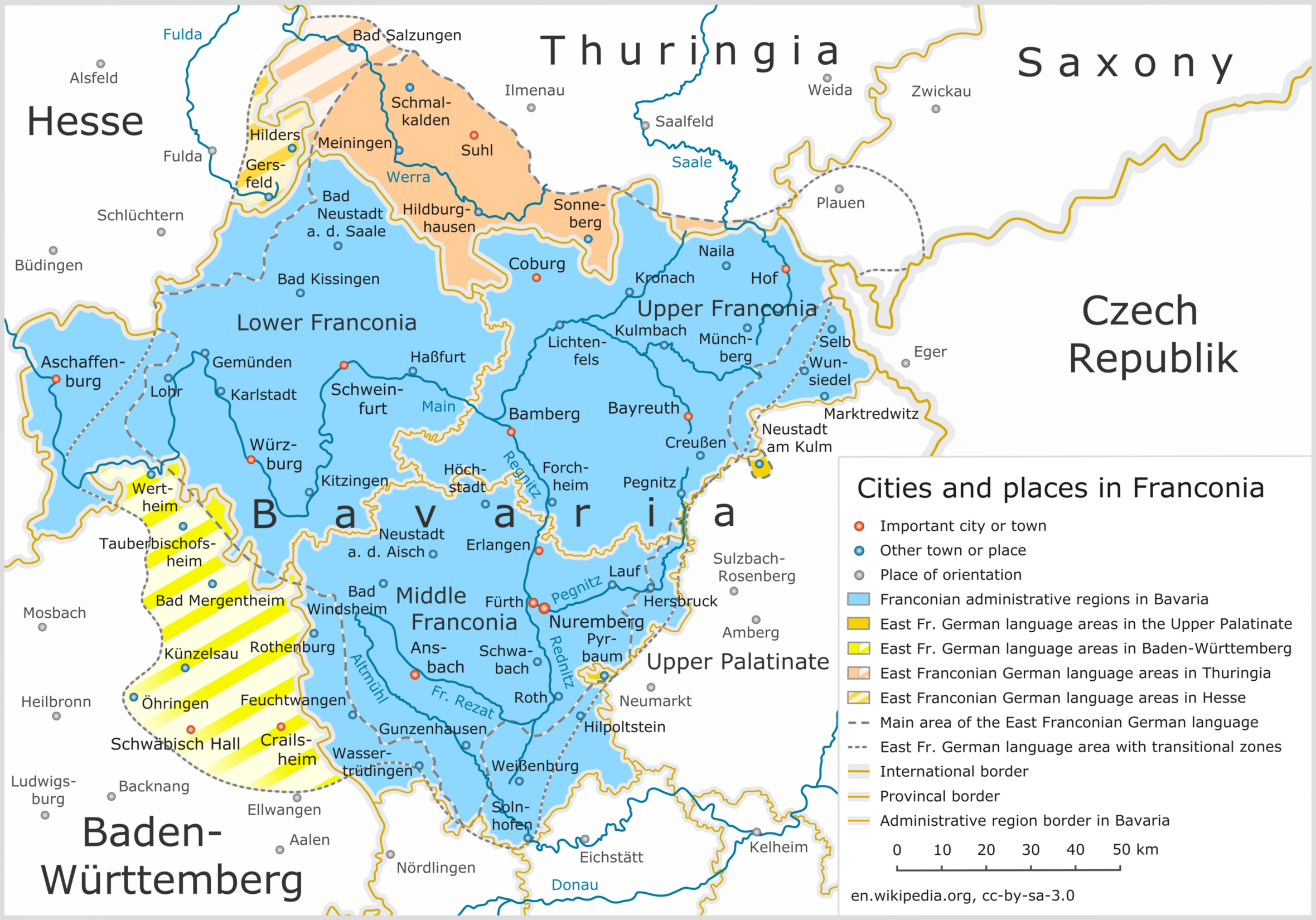|
Henneberg Franconia
Henneberg Franconia (german: Henneberg-Franken) is an historically correct term for the Franconian part of the Free State of Thuringia in Germany that is generally referred to as South Thuringia (''Südthüringen''). The region is almost exactly coextensive with that covered by the Planning Region of Southwest Thuringia, the Chamber of Industry and Commerce of South Thuringia, the Trades Chamber of South Thuringia and the Agricultural Office of Hildburghausen. Origin of the name The term relates to the Franconian Princely County of Henneberg at its largest extent in the mid-14th century when even the entire ''Pflege'' of Coburg belonged to it. The southern and easternmost parts of the County of Henneberg lie today in Upper Franconia, Lower Franconia and East Hesse. The society of Henneberg-Itzgrund-Franken has striven since mid-2013 to establish the name. South Thuringia The historical South Thuringia, as part of the subsequent Landgraviate of Thuringia lies north of the Re ... [...More Info...] [...Related Items...] OR: [Wikipedia] [Google] [Baidu] |
East Hesse
East Hesse (german: Osthessen) is a common but not unofficial regional name for the eastern part of the German state of Hesse as well as a regional planning region. It corresponds roughly to the Hessian catchment area of Fulda and its heart covers the county of Fulda, the eastern part of the county of Vogelsbergkreis and the old counties of Hersfeld and Schlüchtern, but there is no clear boundary of East Hesse with North Hesse, Middle Hesse and South Hesse. In older sources, a landscape, roughly identical with the current East Hesse area, was commonly called '' Buchonia''. Occasionally the Bergwinkel region and county of Schlüchtern are counted as part of East Hesse. They lie south and over the other side of the watershed and drain via Kinzig into the River Main. [Baidu] |
Main-Franconian Dialects
East Franconian (german: Ostfränkisch) or Mainfränkisch, usually referred to as Franconian (') in German, is a dialect which is spoken in Franconia, the northern part of the federal state of Bavaria and other areas in Germany around Nuremberg, Bamberg, Coburg, Würzburg, Hof, Bayreuth, Meiningen, Bad Mergentheim, and Crailsheim. The major subgroups are ' (spoken in Lower Franconia and southern Thuringia), ' (spoken in Upper and Middle Franconia) and ' (spoken in some parts of Middle Franconia and Hohenlohe). In the transitional area between Rhine Franconian in the northwest and the Austro-Bavarian dialects in the southeast, East Franconian has elements of Central German and Upper German. The same goes only for South Franconian German in adjacent Baden-Württemberg. East Franconian is one of the German dialects with the highest number of speakers. The scope of East Franconian is disputed, because it overlaps with neighbouring dialects like Bavarian and Swabian in the s ... [...More Info...] [...Related Items...] OR: [Wikipedia] [Google] [Baidu] |
House Of Wettins
A house is a single-unit residential building. It may range in complexity from a rudimentary hut to a complex structure of wood, masonry, concrete or other material, outfitted with plumbing, electrical, and heating, ventilation, and air conditioning systems.Schoenauer, Norbert (2000). ''6,000 Years of Housing'' (rev. ed.) (New York: W.W. Norton & Company). Houses use a range of different roofing systems to keep precipitation such as rain from getting into the dwelling space. Houses may have doors or locks to secure the dwelling space and protect its inhabitants and contents from burglars or other trespassers. Most conventional modern houses in Western cultures will contain one or more bedrooms and bathrooms, a kitchen or cooking area, and a living room. A house may have a separate dining room, or the eating area may be integrated into another room. Some large houses in North America have a recreation room. In traditional agriculture-oriented societies, domestic animals such as c ... [...More Info...] [...Related Items...] OR: [Wikipedia] [Google] [Baidu] |
Rennsteig
The () is a ridge walk as well as an historical boundary path in the Thuringian Forest, Thuringian Highland and Franconian Forest in Central Germany. The long-distance trail runs for about from and the valley in the northwest to and the river in the southeast. The is also the watershed between the river systems of the , Elbe and Rhine. The catchment areas of all three river systems meet at the ("Three Rivers Rock") near . Route The runs along the ridge of the Thuringian Central Uplands (') from northwest to southeast mostly at heights of around 500 to 970 metres. It starts in the town quarter of by the River (196 m above NHN) and ends in by the River (414 m above NHN). In 2003 the was re-surveyed by the Thuringian State Office for Survey and Geoinformation; they reported that it had a total length of . The marking along the trail is very good, usually indicated by a white 'R' (called '). Along the there are small, open shelters about every 5 to 10 k ... [...More Info...] [...Related Items...] OR: [Wikipedia] [Google] [Baidu] |
Landgraviate Of Thuringia
The Duchy of Thuringia was an eastern frontier march of the Merovingian kingdom of Austrasia, established about 631 by King Dagobert I after his troops had been defeated by the forces of the Slavic confederation of Samo at the Battle of Wogastisburg. It was recreated in the Carolingian Empire and its dukes were appointed by the king until it was absorbed by the Saxon dukes in 908. From about 1111/12 the territory was ruled by the Landgraves of Thuringia as Princes of the Holy Roman Empire. History The former kingdom of the Thuringii arose during the Migration Period after the decline of the Hunnic Empire in Central Europe in the mid 5th century, culminating in their defeat in the 454 Battle of Nedao. With Bisinus a first Thuringian king is documented about 500, who ruled overextended estates that stretched beyond the Main River in the south. His son and successor Hermanafrid married Amalaberga, a niece of the Ostrogoth king Theoderic the Great, thereby hedging the threat of i ... [...More Info...] [...Related Items...] OR: [Wikipedia] [Google] [Baidu] |
Lower Franconia
Lower Franconia (german: Unterfranken) is one of seven districts of Bavaria, Germany. The districts of Lower, Middle and Upper Franconia make up the region of Franconia. History After the founding of the Kingdom of Bavaria the state was totally reorganised and, in 1808, divided into 15 administrative government regions (German: , singular ), in Bavaria called (singular: ). They were created in the fashion of the French departements, quite even in size and population, and named after their main rivers. In the following years, due to territorial changes (e. g. loss of Tyrol, addition of the Palatinate), the number of Kreise was reduced to 8. One of these was the Untermainkreis (Lower Main District). In 1837 king Ludwig I of Bavaria renamed the Kreise after historical territorial names and tribes of the area. This also involved some border changes or territorial swaps. Thus the name Untermainkreis changed to Lower Franconia and Aschaffenburg, but the city name was dropped in the ... [...More Info...] [...Related Items...] OR: [Wikipedia] [Google] [Baidu] |
Franconia
Franconia (german: Franken, ; Franconian dialect: ''Franggn'' ; bar, Frankn) is a region of Germany, characterised by its culture and Franconian dialect (German: ''Fränkisch''). The three administrative regions of Lower, Middle and Upper Franconia (largest cities, respectively: Würzburg, Nuremberg and Bamberg) in the State of Bavaria are part of the cultural region of Franconia, as are the adjacent Franconian-speaking South Thuringia, south of the Rennsteig ridge (largest city: Suhl), Heilbronn-Franconia (largest city: Schwäbisch Hall) in the state of Baden-Württemberg, and small parts of the state of Hesse. Those parts of the Vogtland lying in the state of Saxony (largest city: Plauen) are sometimes regarded as Franconian as well, because the Vogtlandian dialects are mostly East Franconian. The inhabitants of Saxon Vogtland, however, mostly do not consider themselves as Franconian. On the other hand, the inhabitants of the Hessian-speaking parts of Lower Franconia ... [...More Info...] [...Related Items...] OR: [Wikipedia] [Google] [Baidu] |


